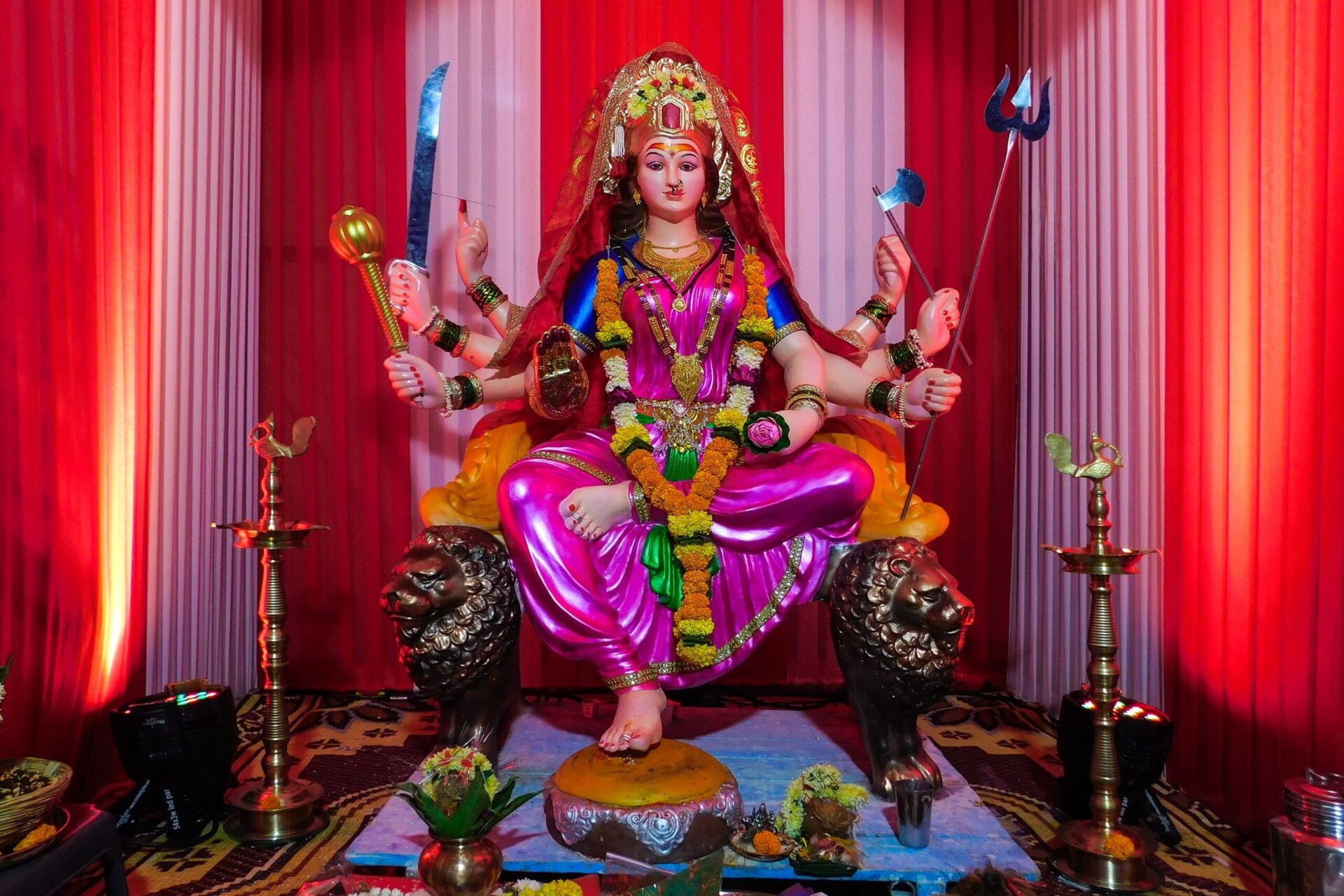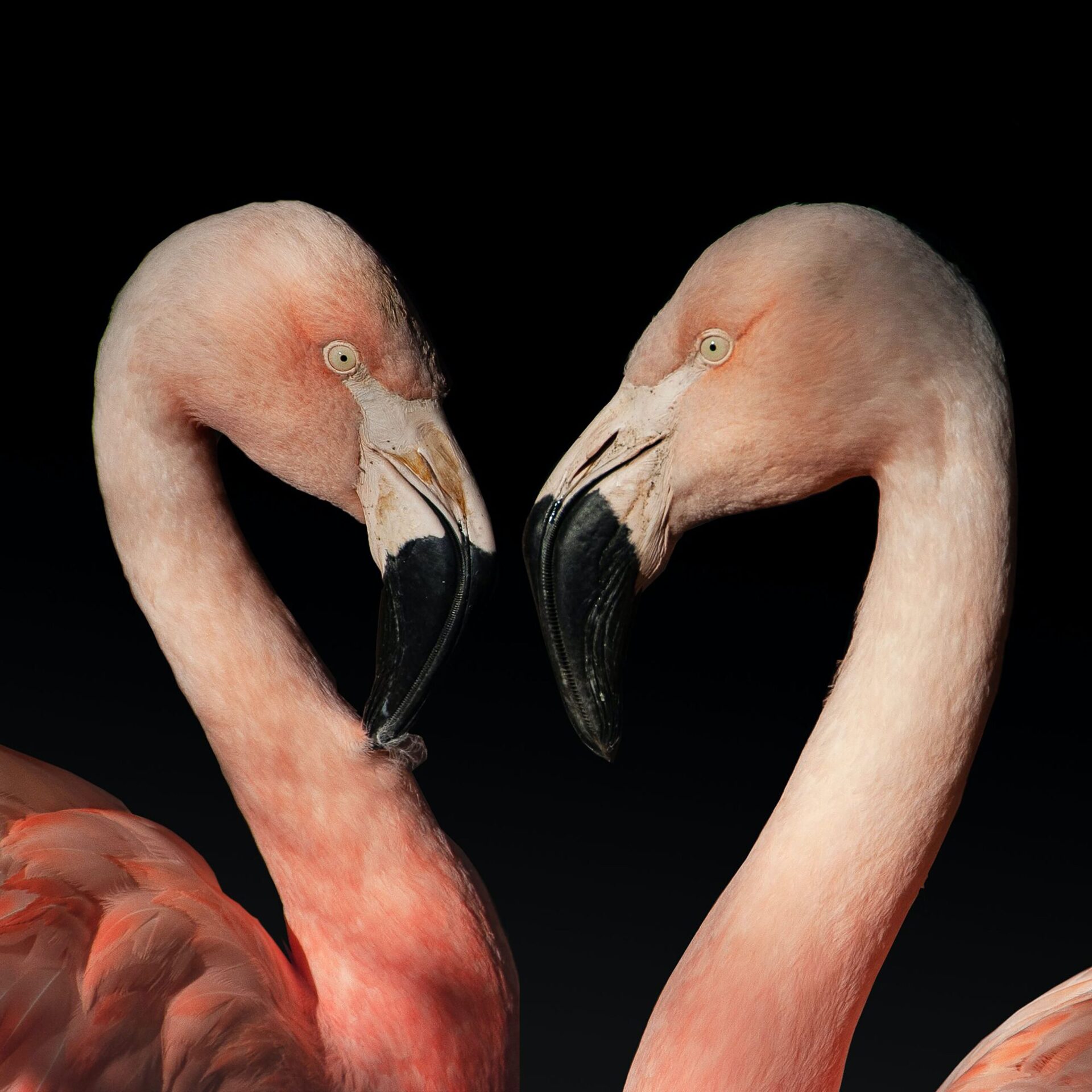Today, we will explore the fascinating qualities and powers of the Hindu trinity – Brahma, Vishnu, and Shiva. These three powerful deities play vital roles in Hindu mythology, each representing distinct aspects of the universe. From creation and preservation to destruction and transformation, understanding the qualities and powers of Brahma, Vishnu, and Shiva provides a deeper insight into the cosmic forces that shape our world. So, let’s embark on this journey together and unravel the mysteries of the Hindu trinity.

Table of Contents
Qualities of the Hindu Trinity
Brahma’s Qualities
Brahma, the first deity of the Hindu trinity, possesses several unique qualities that define his role and significance in Hindu mythology. Firstly, Brahma is known as the creator of the universe. Just as an artist brings a painting to life, Brahma is responsible for the creation and manifestation of all beings and elements in the cosmos. This quality highlights his profound creativity and the immense power he holds in shaping the world we inhabit.
Additionally, Brahma is often depicted with four faces, facing the four cardinal directions. This symbolizes his vast knowledge and wisdom, enabling him to comprehend and oversee the various aspects of existence in all directions. Each face of Brahma represents a different Veda, the sacred texts that contain ancient wisdom and spiritual knowledge. This signifies his role as the custodian of divine wisdom, guiding mankind towards enlightenment and spiritual growth.
Vishnu’s Qualities
Vishnu, the second deity of the Hindu trinity, is known as the preserver and protector. His primary quality is his unwavering commitment to safeguarding the cosmic order and maintaining the balance of the universe. Vishnu ensures that righteousness, justice, and virtue prevail over evil and chaos, preserving the harmony necessary for life to thrive.
One of the remarkable aspects of Vishnu is his ability to manifest as divine avatars, descending to Earth in different forms throughout history. These avatars, such as Lord Rama and Lord Krishna, serve specific purposes, often to restore dharma (righteousness) and vanquish malevolence. This quality exemplifies Vishnu’s deep compassion and dedication to alleviating suffering and guiding humanity towards spiritual evolution.
Furthermore, Vishnu is the sustainer of the universe. Through his divine energies, he provides the necessary nourishment and support for all beings to exist and flourish. Vishnu’s sustaining power extends to the realms of morality, ethics, and social order, ensuring that society functions in a balanced and harmonious manner.
Shiva’s Qualities
Shiva, the third deity of the Hindu trinity, embodies qualities that are both fierce and transformative. Shiva is often referred to as “The Destroyer,” but this title is misinterpreted if seen solely as an act of destruction. In reality, Shiva’s role as the destroyer is an essential aspect of the cosmic cycle of creation, preservation, and dissolution. Through destruction, Shiva paves the way for rebirth and renewal, facilitating the continuous flow of life’s energy.
Shiva is also associated with ultimate yogic consciousness. He represents the meditative state of bliss where the individual self merges with the universal consciousness. This quality signifies Shiva’s ability to transcend the limitations of the physical world and attain a profound inner peace and enlightenment. By meditating upon Shiva, one can strive to cultivate stillness, introspection, and inner harmony in their own spiritual journey.
Moreover, Shiva’s appearance symbolizes his divine attributes. His blue throat represents his magnanimity and his willingness to consume and dissolve the toxic elements of life, ensuring the well-being of all. The crescent moon adorning his matted hair signifies the rhythm of time and reflects his eternal and cyclical nature. Shiva’s third eye, often depicted on his forehead, represents his ability to perceive universal truths beyond ordinary perception. The ashes smeared on his body symbolize his renunciation of materialistic desires and attachment, emphasizing the importance of spiritual detachment and transcendence.
Powers of the Hindu Trinity
Brahma’s Powers
As the creator of the universe, Brahma wields significant powers that enable him to shape and govern life as we know it. One of his primary powers is the creation of the universe itself. Brahma possesses the ability to manifest and bring forth all beings, elements, and realms in existence. His creative energy is the driving force behind the diversity and intricacy of the cosmos.
Moreover, Brahma has control over time, enabling him to regulate the cycle of birth, growth, decay, and death within the universe. This power allows for the natural progression and evolution of all beings and ensures the rhythm of life is maintained.
Brahma’s blessings and boons are sought after by both gods and humans alike. His benevolence grants individuals with divine guidance, protection, and prosperity. Those who receive Brahma’s boons are bestowed with special abilities and qualities that aid them in their spiritual journey or in overcoming challenges.
Lastly, Brahma possesses immense knowledge and wisdom. He is regarded as the ultimate source of all wisdom and sacred knowledge, allowing him to guide seekers on the path of enlightenment and self-realization. Brahma’s wisdom encompasses the understanding of creation, the workings of the universe, and the profound mysteries of existence.
Vishnu’s Powers
Vishnu, as the preserver and protector, wields several extraordinary powers that enable him to uphold the cosmic order and ensure the welfare of all beings. One of his significant powers is the maintenance of the universe. Vishnu sustains the cosmic equilibrium, preventing the forces of chaos and destruction from overpowering creation. His power ensures the preservation of life and the sustenance of all beings.
Vishnu’s primary responsibility is the preservation of dharma, the righteous and moral principles that govern the universe. He counteracts evil and injustice, restoring balance and harmony to ensure the proper functioning of society. Vishnu’s power to uphold dharma guides individuals and societies towards virtuous actions and ethical conduct.
Another remarkable aspect of Vishnu’s powers is his ability to appear in different forms and dimensions. Throughout history, Vishnu descends to Earth as various avatars, each with a unique purpose and mission. These divine incarnations serve as role models, teachers, and protectors, imparting profound wisdom, moral teachings, and spiritual practices to humanity.
Lastly, Vishnu possesses supreme powers and abilities. He is endowed with immense strength, knowledge, and divine energy. This enables him to manifest miracles, perform extraordinary feats, and protect devotees from all forms of harm. Vishnu’s ultimate power lies in his unconditional love and compassion for all living beings, resonating with his purpose as the nurturer and savior of creation.
Shiva’s Powers
Shiva’s powers are closely intertwined with the quality of destruction and transformation that he embodies. As the destroyer, Shiva possesses the power of dissolution and dismantling. Through his energy, he brings about the end of cycles, allowing for the shedding of old patterns and the emergence of new beginnings.
Furthermore, Shiva’s power over death and rebirth is deeply rooted in his ability to facilitate spiritual transformation. By destroying the ego and attachments, Shiva paves the way for renewal and the opportunity for individuals to redefine themselves and their purpose. This transformative power enables spiritual growth and liberation from the cycles of suffering and ignorance.
Shiva exhibits supreme control over mind and energy. He embodies the essence of yogic consciousness, enabling individuals to attain profound states of meditation, introspection, and self-realization. Shiva’s power over mind allows seekers to transcend the limitations and distractions of the physical world, delving into the depths of their innermost being in search of enlightenment and self-discovery.

Symbolism of Brahma’s Appearance
Four Heads and Four Vedas
Brahma’s depiction with four heads is laden with symbolism. Each head represents one of the four Vedas, the sacred scriptures of Hinduism. The four Vedas, known as the Rigveda, Yajurveda, Samaveda, and Atharvaveda, encompass a vast body of knowledge and spiritual wisdom. The presence of four heads signifies Brahma’s profound understanding and mastery of these sacred texts, making him the supreme custodian of divine knowledge.
Four Arms and Symbolic Items
Brahma is often depicted with four arms, each holding symbolic items. These arms represent the four aspects of human personality – the mind, intellect, ego, and consciousness. The items carried by Brahma in each hand further illustrate his qualities and powers. These items include the rosary (symbolizing the sense of time and rhythm), the Vedas (signifying profound knowledge and spiritual wisdom), a scepter (symbolic of his authority as the creator deity), and a water pot (representing the cosmic waters from which life originates). These symbolic elements emphasize Brahma’s multifaceted nature and divine attributes.

Symbolism of Shiva’s Appearance
Blue Throat and Poison
Shiva’s depiction with a blue throat holds deep symbolism. According to Hindu mythology, during the churning of the cosmic ocean to extract the elixir of immortality, a deadly poison known as Halahala emerged. To protect the world from the destructive effects of the poison, Shiva consumed it. The poison turned his throat blue, forever marking him as the compassionate savior who willingly takes on the burdens and sufferings of the world. The blue throat symbolizes Shiva’s magnanimity, selflessness, and his ability to transform negativity into positivity.
Matted Hair and Crescent Moon
Shiva’s matted hair is often associated with his untamed, wild nature. The flowing locks represent his freedom from societal norms and expectations. Within Shiva’s hair resides the crescent moon, symbolizing the rhythm of time and the cyclical nature of creation. It serves as a reminder of the ever-changing nature of existence and reflects Shiva’s role as the eternal being, beyond the confines of finite time.
Third Eye and Ashes
The depiction of Shiva with a third eye on his forehead carries deep spiritual significance. This eye represents his ability to perceive divine truths and inner wisdom that cannot be comprehended through ordinary senses. It signifies his insight, intuition, and elevated consciousness. Shiva’s third eye embodies the higher knowledge and enlightenment that comes from transcending the limitations of the physical world.
The ashes smeared on Shiva’s body represent his renunciation of worldly desires and attachment. They serve as a reminder of the impermanence of material objects and highlight the importance of detachment in spiritual growth. The ashes also symbolize the transcendence of the ego and the dissolution of individual identity, allowing for the merging with the universal consciousness.
In conclusion, the Hindu trinity comprising Brahma, Vishnu, and Shiva embodies a harmonious balance of qualities and powers that govern the creation, sustenance, and transformation of the universe. Brahma’s qualities of creation and wisdom, Vishnu’s qualities of preservation and compassion, and Shiva’s qualities of destruction and transformation work in unison to facilitate the cosmic dance of existence. Understanding and embracing the qualities and powers of the Hindu trinity can inspire and guide individuals on their personal spiritual journeys, fostering a deeper connection with the divine and the universe as a whole.